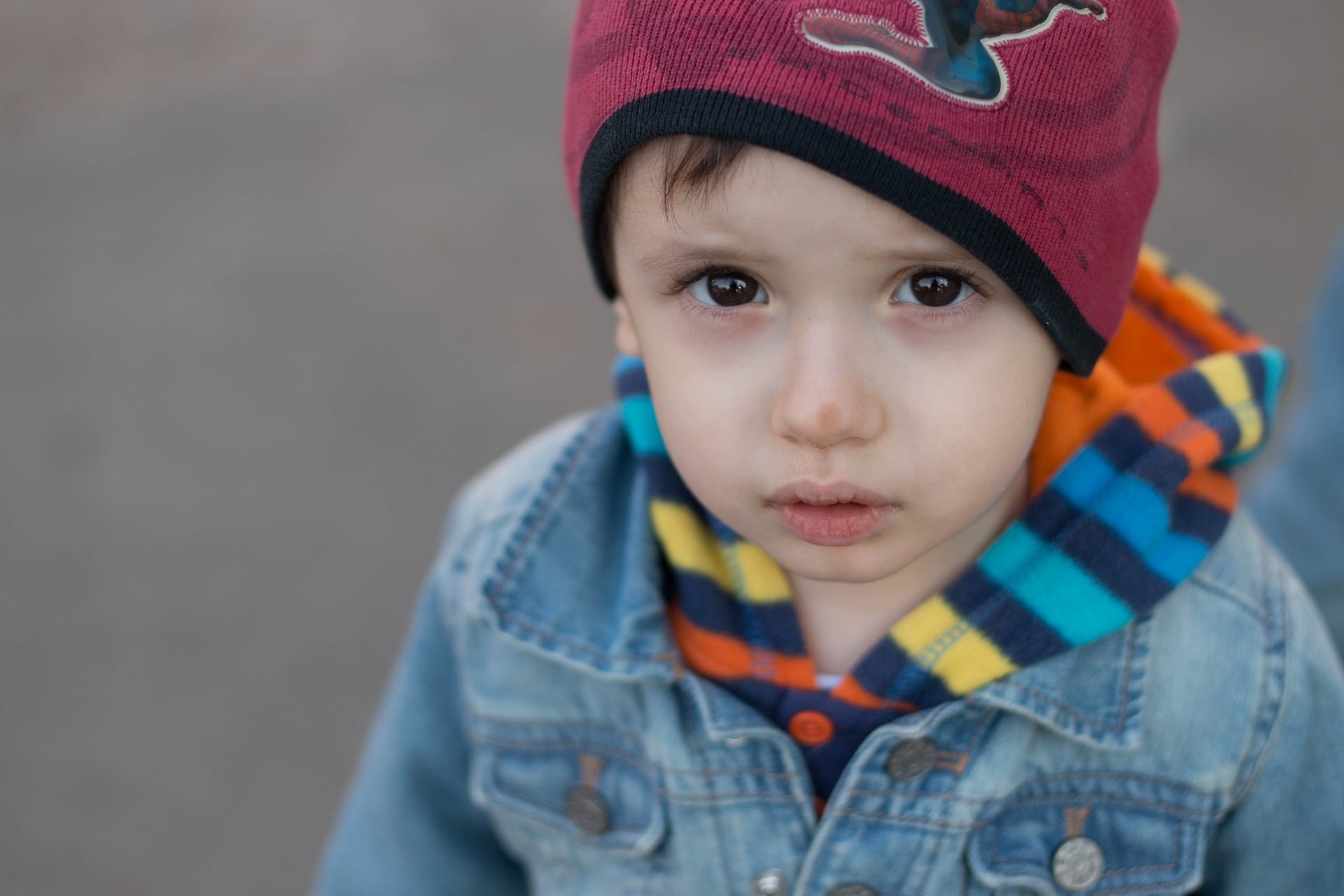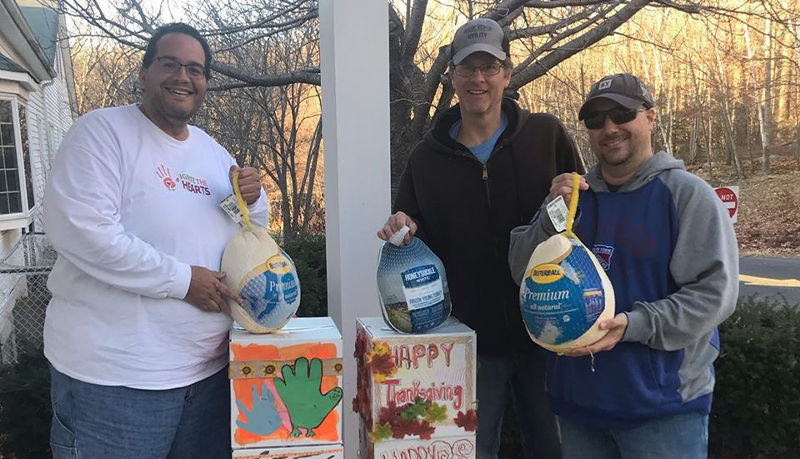
Children Living in Poverty
I visually remember my father slowing down his vehicle on a very humid day in Los Angeles. As the vehicle came to a stop, we were approached by a young boy with a small bouquet of flowers. This boy could not have been more than ten years old. Behind him, was a mom, a daughter, and young baby with a basket filled with more flowers. My heart sank watching this family work tirelessly to make ends meet. It made wonder about the truth of children living in poverty.
According to Kenneth Keniston, Chairman and Executive Director of the Council on Children explained some of his major issues concerning children through statistics and research; for example, “One out of every three children live below the minimum adequate budget established by the Department of Labor, and each of these children must face the multiple scars of poverty.” Millions of American children today remain hungry, malnourished, and live in abject poverty. He explains how the United States does not guarantee adequate health care to mothers and children. Increase in divorce rates, cultural deprivation, the disappearance of non-parental relatives from families, and the increasing proportion of children born to unmarried women are major issues that Keniston states as well.
I believe NO CHILD… NO HUMAN… should ever have to experience adversities such as homelessness and starvation. I, also believe, that it is important to help children undergoing poverty, because this adversity can affect their development. According to Evans article, poor children confront widespread environmental inequities and are exposed to more family turmoil, violence, separation from their families, instability, and chaotic households. Poor children experience less social support, and their parents are less responsive and more authoritarian. Lastly, low-income neighborhoods are more dangerous, offer poorer municipal services, and experience greater physical deterioration. So, what can the average person do to help? At the moment… volunteer.
Children enduring poverty need to be given support, access to health care, and a decent education system. Volunteers can help educate children in after school programs. Volunteers can also have a huge impact on a child’s life simply by playing a sport or game with them, reading a book to them, checking in on them, and learning more about children living in poverty.
Reference
Evans, G., W. American Psychologist Vol. 59, Iss. 2, (Mar 2004): 77-92.
DOI:10.1037/0003-066X.59.2.77
Keniston, K. Do Americans Really Like Children? Childhood Education. 52(1). Oct. 1975. pp. 4-12.Retrievedfrom:http://ezaccess.libraries.psu.edu/login?url=https://search.proquest.com/docview/1290089379?accountid=13158



